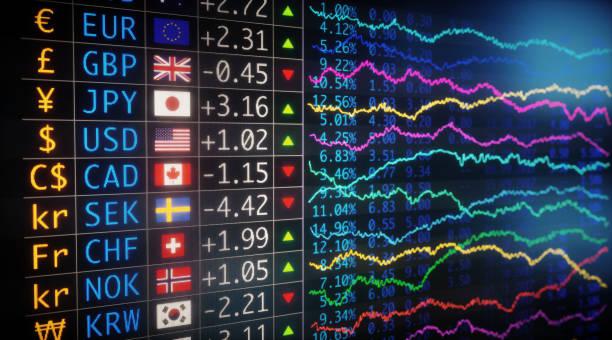
Understanding Currency Pairs
In the forex market, currencies are always traded in pairs, representing the relative value of one currency compared to another. A currency pair consists of:
- Base Currency: The first currency in the pair.
- Quote Currency: The second currency in the pair.
For example, in the EUR/USD pair, EUR (Euro) is the base currency, and USD (US Dollar) is the quote currency. If the price of EUR/USD is 1.10, it means 1 Euro is equivalent to 1.10 US Dollars.
Currency pairs are categorized into three main groups:
- Major Pairs
- These are the most traded and stable currency pairs.
- They always include the US Dollar (USD).
- Examples: EUR/USD, GBP/USD, USD/JPY
- Minor Pairs
- These pairs don’t include the US Dollar but involve other major currencies.
- Examples: EUR/GBP, AUD/JPY, GBP/CHF
- Exotic Pairs
- These pairs consist of one major currency and one currency from a developing or smaller economy.
- Examples: USD/TRY (Turkish Lira), USD/ZAR (South African Rand)
Understanding these categories is crucial for traders, as each type of pair behaves differently in terms of volatility, liquidity, and trading costs.
The Scope and Potential of Forex Trading
The forex market offers a vast scope for trading and has the potential to generate significant profits. Unlike traditional markets, the forex market is open 24 hours a day, 5 days a week, because it operates across various time zones. This means you can trade at any time that suits your schedule.
Some of the key advantages of forex trading include:
- High Liquidity:
With millions of traders participating from around the globe, the forex market ensures high liquidity. This means it’s easy to buy or sell currencies without causing significant price changes. - Leverage:
Forex brokers offer leverage, allowing traders to control large positions with a small amount of capital. For instance, with 1:100 leverage, you can control a $10,000 position with just $100 of your own funds. - Volatility:
The forex market experiences significant price movements (volatility), which creates opportunities for traders to earn short-term profits. - Accessibility:
In today’s digital age, starting forex trading has become easier than ever. All you need is a computer, an internet connection, and a trading account with a broker. - Global Nature:
Since forex trading involves currencies from all over the world, it’s not limited to any single economy. This allows traders to take advantage of opportunities arising from global economic events and trends.
Conclusion
The forex market provides some of the most exciting and profitable opportunities for traders, but it also carries significant risks. With a clear understanding of its fundamentals and a disciplined approach, you can harness the market’s full potential.
In the next part, we’ll explore how to start forex trading, including the tools, platforms, and strategies you need to succeed. Stay tuned!